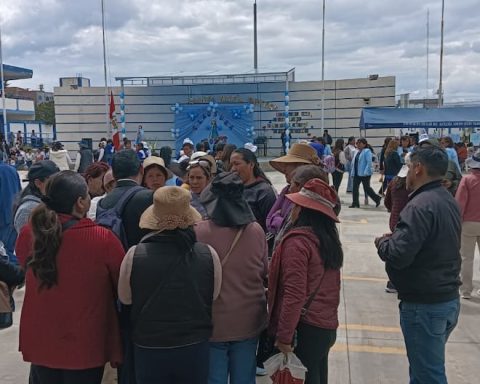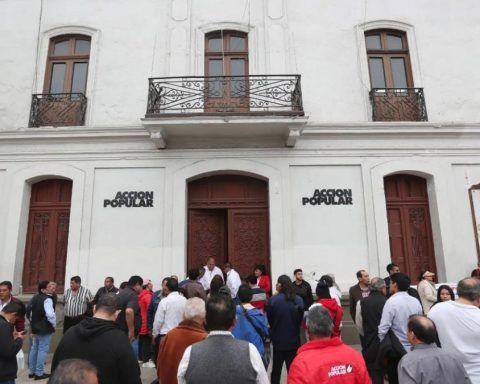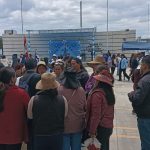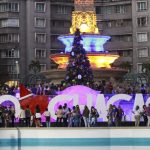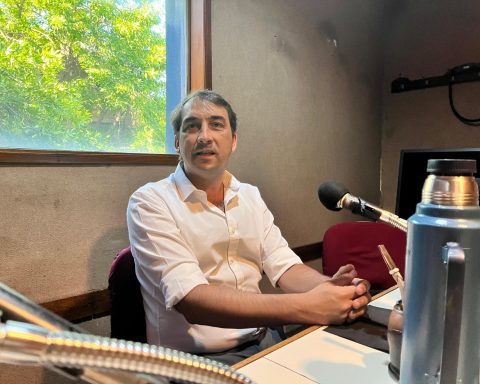The project consisted of the genetic crossing of the Brown Swiss races (Bos Taurus) and Gyr Lechero (Bos indicus), which represents an important advance in livestock production. As a result, animals with greater dairy yield and resistance to IBR, acute and highly contagious respiratory disease were obtained.
LOOK AT THIS: Huancayo: Mayor demands that discrepancies between the powers of the State cease
The initiative was led by engineers Saúl Espinoza Molina, from the Faculty of Zootechnics in Huancayo, and Yovana Rojas Castillo, of the Professional School of Tropical Zootechnics of the Faculty of Agricultural Sciences of Satipo. The team also had the support of thesis Jhoan Huamán Concha and coach Waldir Matos Cárdenas, of the Livestock Program of the Agricultural Experimental Station (EEA) El Mantaro.
The genetic reconversion was carried out by artificial insemination in the EEA El Mantaro, in Jauja, using semen straws of the gyr dairy bull Mac, a descendant of the renowned Brazilian bull Enlevo da Silvania. This genetic material was acquired from the National Bank of Semen of the National Agrarian University La Molina.
As a result, eight healthy calves were born, which were already transferred to the EEA of the Faculty of Agricultural Sciences in Satipo.
You may be interested: Producers from 8 districts from the Junín region will receive agricultural bonus
The Rector of the UNCP, Amador Vilcatoma Sánchez, delivered the specimens to said faculty with the aim of repopulating the livestock herd with IBR free animals and promoting sustainable milk production in the central jungle.
For his part, Dean Luis Enrique Bazán stressed that this initiative seeks not only to improve the genetic quality of livestock, but also strengthen applied research and position Satipo as a key livestock zone in the region.
